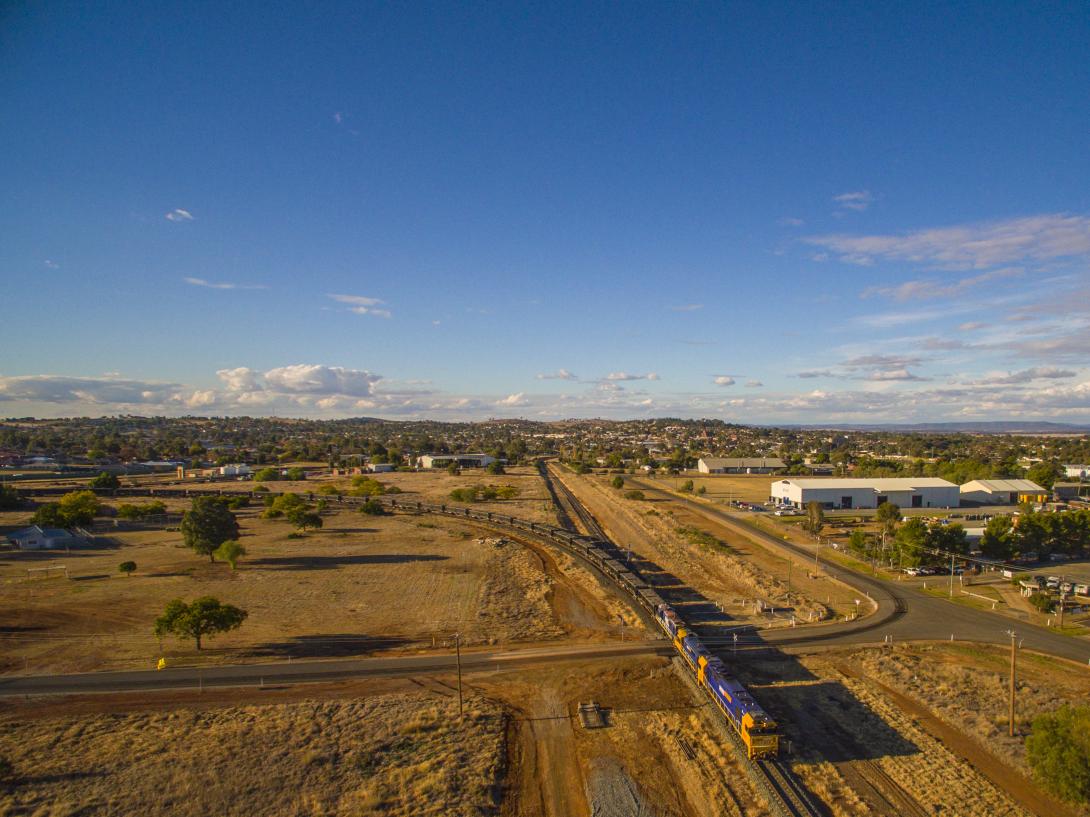The latest 2022 dashboard provides data to track the performance of Australian regions and cities.
The Bureau of Communications, Arts and Regional Research (BCARR) has released a new update of the Progress in Australian Regions and Cities Dashboard.
The Dashboard provides vital data for decision makers at the individual, community, government and industry levels. It brings together data from a range of different sources and tracks the performance of Australian regions and cities across seven themes.
The Dashboard now also has some datasets updated monthly, so that timely and frequent data is more readily available to users. This update focuses on the Australian Bureau of Statistics (ABS) Labour Force Survey. In this release, the following indicators have been updated:
- Population
- Working age
- Employed persons (updated monthly)
- Unemployment rate (updated monthly)
- Youth unemployment rate (updated monthly)
- Participation rate (updated monthly)
- Top employing industry
- Growth and decline of industry
- Knowledge intensive industry
- Structural change index
More indicators will be updated in 2023 to accommodate changes in geographical boundaries and the release of the 2021 Census of Population and Housing.
This new update reveals:
- In 2021, Australia’s population of 25.7 million people has 17.3 million people (67.2 per cent) living in our capital cities, with 8.4 million (32.8 per cent) living across our regions.
- Between June 2020 and June 2021, the population in our regions grew by 1.0 per cent or 80,000 people, while the combined capital city population declined by -0.3 per cent (-47,000 people).
- The proportion of working age persons (15 to 64 years old) in 2021 was lower in regions outside the capital cities with 61.3 per cent, compared to 66.4 per cent for capital city residents. Both regions declined by over 1.0 percentage points from five years ago.
- Similar to population, 30.5 per cent or over 4.1 million of the nation’s employed persons work outside our capital cities.
- As at October 2022, the unemployment rate outside our capital cities is lower at 3.7 per cent than the combined capital cities rate of 3.9 per cent, with both declining over the past year by -1.2 and ‑1.9 percentage points respectively.
- As at October 2022, the participation rate outside our capital cities is lower at 62.9 per cent compared to the combined capital cities rate of 68.2 per cent.
(All labour force statistics are based on 12-month average figures and may differ from monthly estimates)
Find out more
- Learn more about BCARR's work and resources
